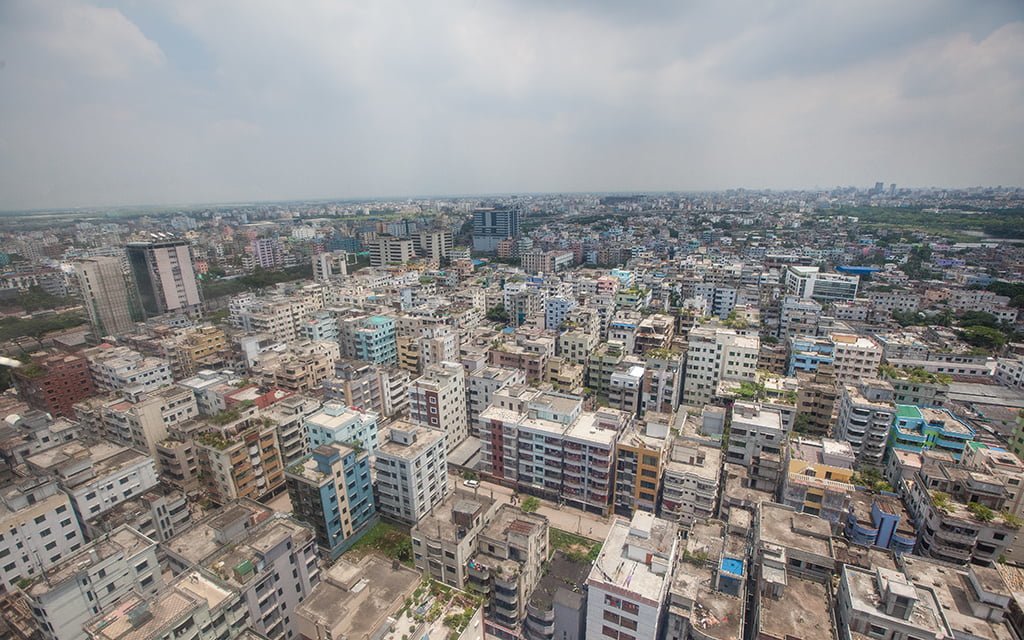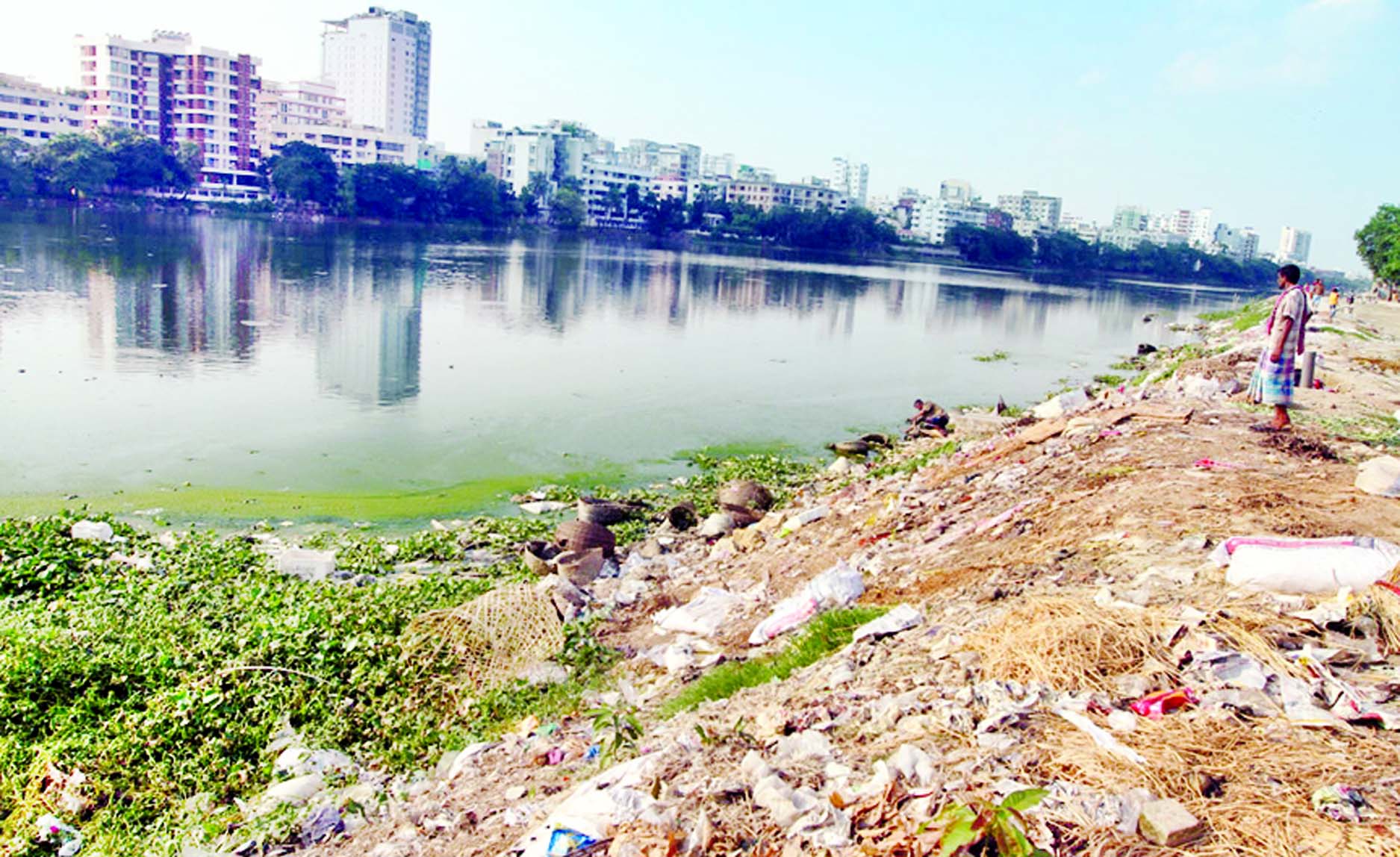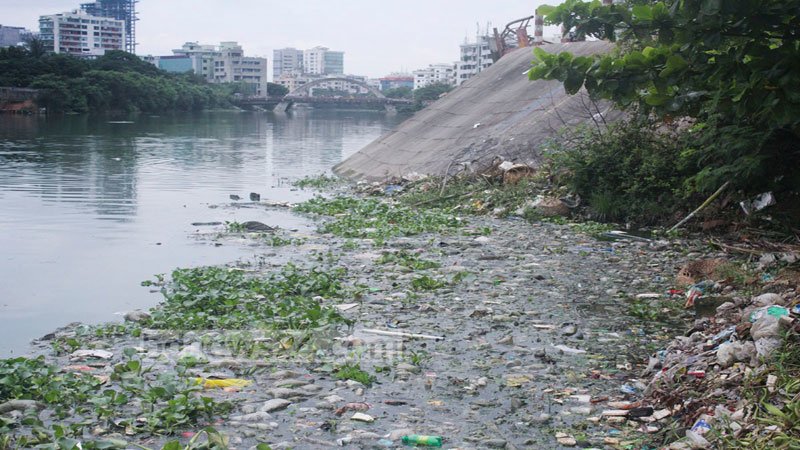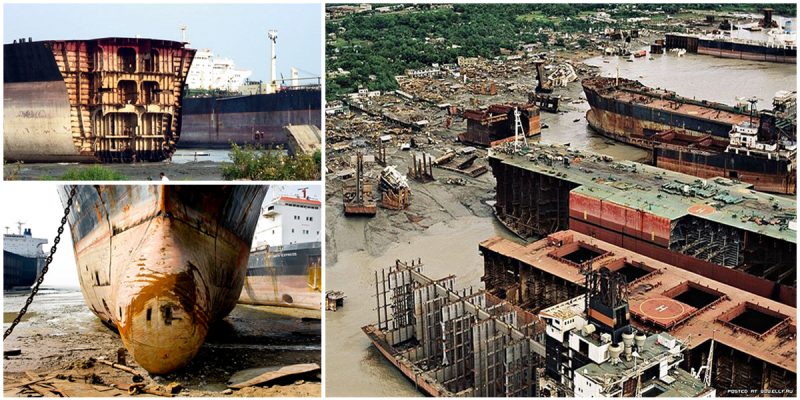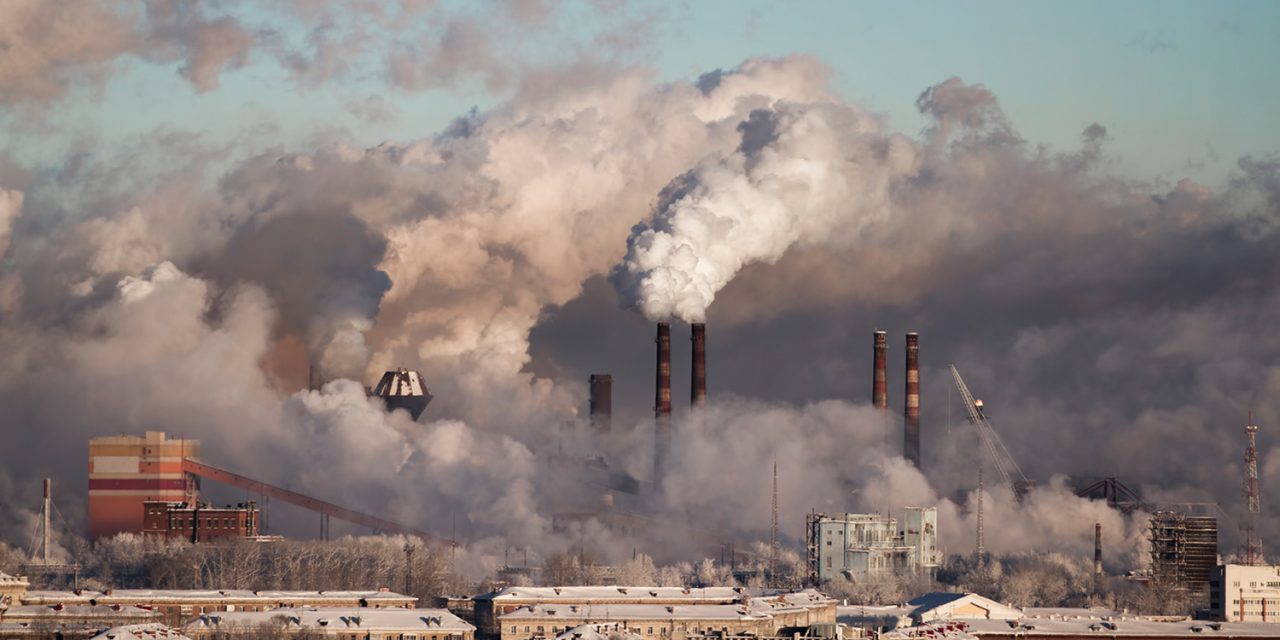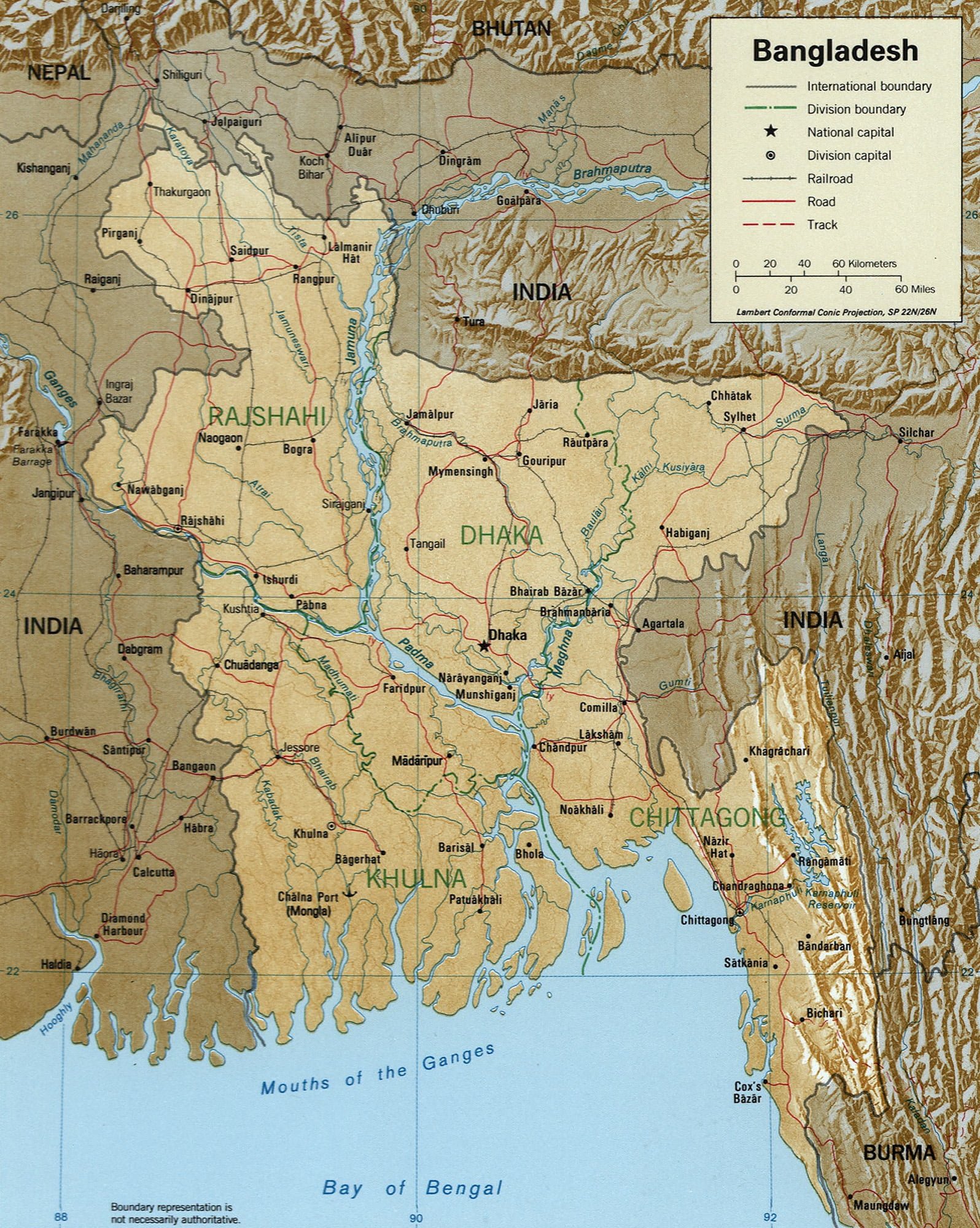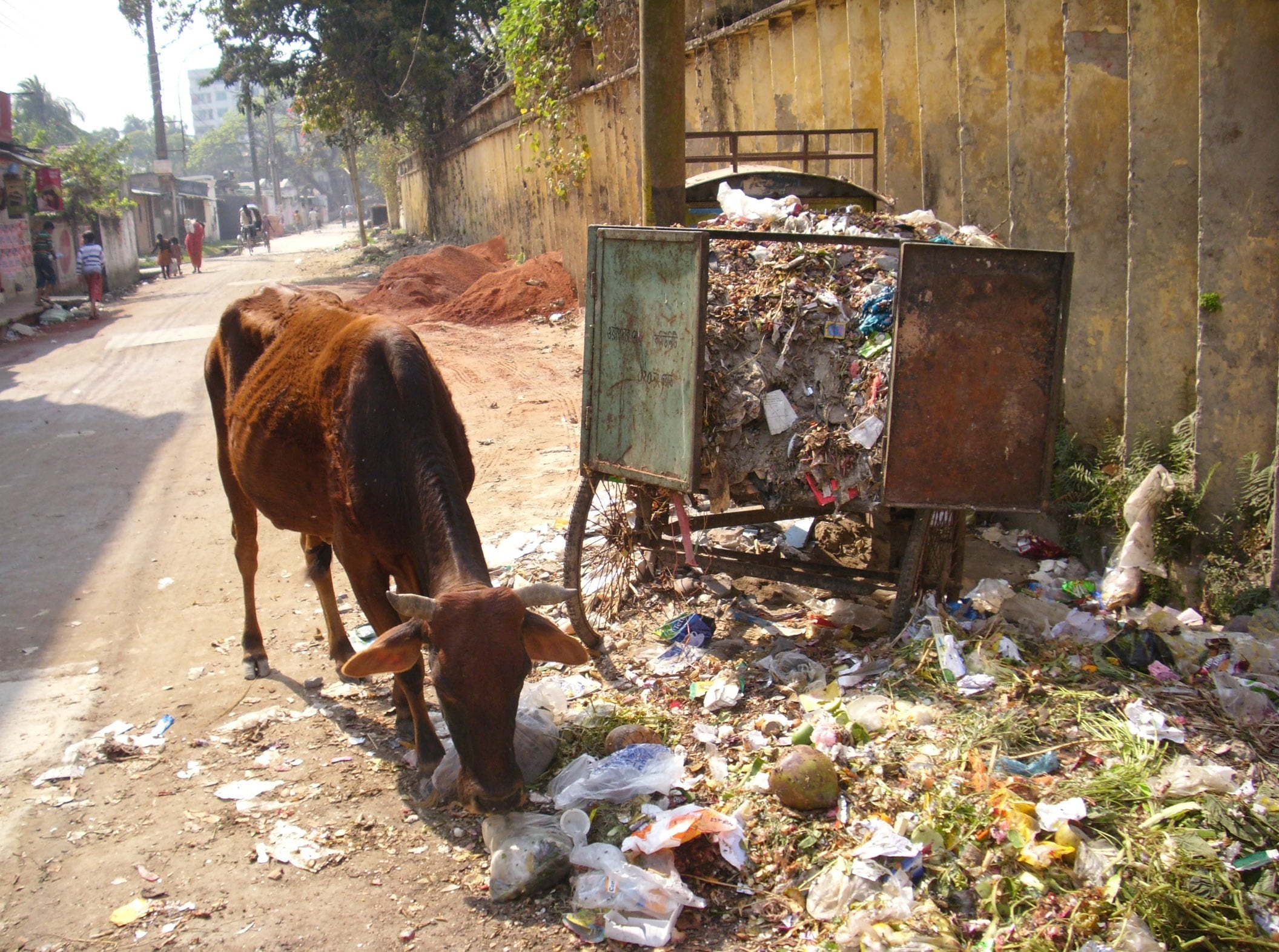Joni Alam: Water is essential to health, agriculture, energy, science, industry, transportation, and recreation- In short, to human existence- water is an incredibly complex matter, at once political, economic, legal, social and ecological in its nature. For any region, water fixed its national plan, domestic and external policies of the region’s principal actors. As water shortages occur and full utilization is reached these policies tend to be framed more and more in zero-sum terms, adding to the probability of discord. The foremost water supply of a country is used for its city men although the water supply and resources of a city are limited.
Bangladesh is home to 2.15% of the world’s population, and merely .24% of water resources. The country is almost entirely dependent on cross-boundary water flows for its supply.
Dhaka, the capital city of Bangladesh, faces severe water shortages. While the city needs 2.2 billion liters of water a day, it can only produce 1.9 million, said, Dhaka’s Water Supply and Sewerage Authority. Shortages are so severe that some areas of Dhaka will have no water for several days. Sometimes, the dwellers of this city do not get a single drop for the months, which makes lives miserable and they have to survive for months by buying water from WASA tankers, paying sometimes more than twice the official price which is not hygiene. As a consequence, most people have to suffer from diarrhea.
The city dwellers sometimes stop fetching water from the pump and use the supply water instead. This source of water is not properly managed, which will put the city at risk of severe water shortage in the future. When there is a supply of water from WASA, it is too dirty and unfit for consumption. Even despite boiling it for more than an hour, the bad smell doesn’t go. Water experts have called for the city to increase the usage of surface water sources such as ponds, rivers, and canals.
But surface water is being polluted across the Dhaka due to indiscriminate discharge of industrial wastes into the rivers so that Dhaka is going to face an acute problem in getting pure drinking water. It is the most acute fear for the middle class and poor people in this city as well.
We have seen most of the times, poor people like women, stand up with their empty jar in the open place for getting water and it happens sometimes by the children bring out a silent procession with a pitcher in the capital demanding smooth water supply. None of them are concern about the purity of the water. They only know, they have to survive their lives through that water. The city dwellers are dependent on readymade water rather than natural water instead of having a huge source of natural water because this water is being polluted and used improper ways. It is happening, of course, for the lack of taking adequate steps of proper authority.
It should be acknowledged that one of the causes of the water crisis is, of course, the continuously growing population of the city. Development of utility services has to assume a stable population, if population swells continuously, infrastructural facilities will be bitterly challenged to match up. The daily requirement of water in the city is 200 crore liters whereas WASA can supply at best 180 crore liters. As WASW’s main source is groundwater, the groundwater table keeps falling with an obvious risk to the environment.
In Bangladesh, Dhaka (capital) is the densest city with 12.8 million populations according to the official estimation but an unofficial estimate put this figure closer to 15 million, including 3.4 million living in slums. Another 300,000 to 400,000 people migrate to the city each year, which has witnessed a four-fold increase in its population in the last 25 years. According to the World Bank, the mega-city has the highest population growth in the world.
The city requires 2.2 billion liters a day, but can only produce 1.9 to 2 billion water while almost water comes out from ground resource. Specialist warns authority’s for its over-dependency on groundwater and suggest to usage the surface water. Dhaka City is located on the flat delta of three major international rivers; the city is surrounded by a network of rivers; the Buriganga to the south-west, the Turag to the north-west the Balu to the north-east and the Shitalakhya to the south. and it has been seriously damaged by the flood of river overflow and heavy rainfall in the rainy season. Dhaka receives about 2,000 mm of rainfall annually, of which almost 80% falls during the monsoon. Floods are one of the main natural hazards affecting the city and are associated with river water overflow and rainwater stagnation.
The city has become more vulnerable to intense urban flooding due to heavy and unpredictable rainfall in recent years. The drainage capacity of the city has also decreased alarmingly due to the development of unauthorized settlements. Illegal occupation of drainage canals and wetlands by land grabbers has further contributed to the problem. In the rainy season, the city mostly collapsed its water supply and drainage system due to it unplanned and unreliable construction, overloading, shortage of workforce of DWASA, lack of management and delaying in repairing of failed part and In the dry season from March to May water crisis looming for power shortage and outages. Many people didn’t get water for days because DWASA is unable to extract enough water to meet demand. And many people complained that water the rendered is undrinkable.
WASA runs 600 deep tube wells in the city to extract water, and there are also 2,000 private tube wells throughout the city. About 87 percent of Dhaka residents use groundwater, mostly from deep tube wells, while the rest use treated surface water. (IRINA 18 November 2014). Adding to the water crisis, dwellers of some areas were getting unusable foul-smelling water from Water Supply and Sewerage Authority. The stinky water was allegedly spreading waterborne diseases as well.
This water crisis creates a panic situation in the world’s largest megacity. Over 7,000 children die from diarrhea every year in Bangladesh and water-related diseases cause nearly a quarter of all deaths. (Water aid annual report 2013-14)
Water-related improvements are crucial to meet the Millennium Development Goals, reduce child mortality, and improve health and nutritional status in a sustainable way. In addition, they induce multiple social and economic benefits, adding importantly to enhanced well-being. It’s very important to create well planning and good management to reduce the water crisis. It’s needed to trace a forecasting project line about total water demand and area-based demand of Dhaka city by estimating projected population growth and projected economic development and also forecasting water supply by estimating Rainfall projection, surface water projection, and groundwater projection. Bangladesh’s government not yet pegged water police while many developing countries like Sri Lanka, Indonesia, Malaysia are cajoling the advantage of national water police. Ironically Bangladesh is a lower land country and we call our country mother of the river but we are immersed in a water crisis, not a shortage of water but improper regulation and pie situation in water authority.
The drainage system of Dhaka city is heavily dependent on the water level of peripheral river systems. During most of the monsoon period, the water level of the river remains higher than the water level inside the city area. Hence, the draining of water by gravity flow is not always possible.
Stronger action is needed now. Government steps in addressing this problem to date have been inadequate. Water problems stem mostly from an over-dependence on groundwater and the World Bank notes that the city obtains most of its water from over-exploited aquifers. Initiatives to cut the dependency and increase the use of surface water should have been taken much earlier. We have to use surface water to take by purifying and in this regard industrial attitude must be changed to pollute water.
In this connection, it can be attached importance to creating mass awareness of the matter. The government has to ensure setting up of Effluent Treatment Plants (ETPs) at all industrial units for proper waste management to avoid water pollution. As we know, most of the industries have no ETP facilities for waste management, so the government has to make it mandatory to set up ETP facilities at all industrial units to save the surface water from pollution. In this regard, the JU Environmental Science Department has already installed a wastewater treatment laboratory under the Higher Education Quality Enhancement Project (HEQEP) on the campus for purifying the industrial wastewater. The lab will provide a proper direction to the industrialists to operate its treatment in a sustainable way. We must ensure effluent treatment plants to be used by all industries. Also, the Water and Sewerage Authorities must ensure the use of human waste treatment plants.
Safe water is essential for our existence and is related to safe food which means with the rising absence of safe water, the food produced at homes and also in eating places will be unsafe and lead to stomach and gastrointestinal diseases. Those industries which do not use effluent treatment plants in the near future must be stopped until they start using effluent treatment plants. Our universities like BUET and JU must come up with the latest models of effluent treatment plants that would serve our requirements for safe water. Also, all canals and rivers and water bodies must be surveyed to see the extent of water pollution and treatment plants must be set up accordingly.
Other devices such as the Lifesaver bottle’ incorporate an extremely fine filter technology to filter out all bacteria and viruses. This makes the water drinkable from any source. The filter is useable for 15,000 liters of water. Once the filter is easily replaced and then the bottle is usable for another 15,000 liters. It can make water drinkable from any source, stops the spread of water-borne diseases, saves lives and can easily be served to the city dwellers. Products like the reverse Osmosis Sanitation system’ (ROSS) use movement generated by wheels to pass filters through a tank of water that cleans it of bacteria and viruses. It can carry 50 liters of water in one tank and stops the person from having to carry the volume of water as they can simply roll it. It also acts as a storage device for large quantities of water. It can completely clean the water of diseases or bacteria, prevents the spread of water-borne diseases, acts as a storage device. Governments and aid organizations can also invest in providing safe and clean water in the city areas in the form of taps or standpipes. The water for these taps could be sourced from boreholes that use unpolluted groundwater as their sources. It will reduce the number of deaths from drinking polluted water by providing a reliable clean source.
Overall, we should conscious to waste the water. Our government should take a hard step to control this situation in this city for the betterment of city dwellers.
(The writer is a lecturer of Mathematics of Comilla University. He can be reached at email: [email protected])
